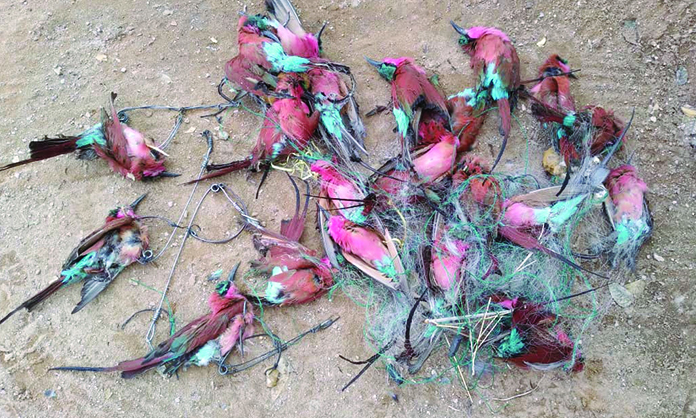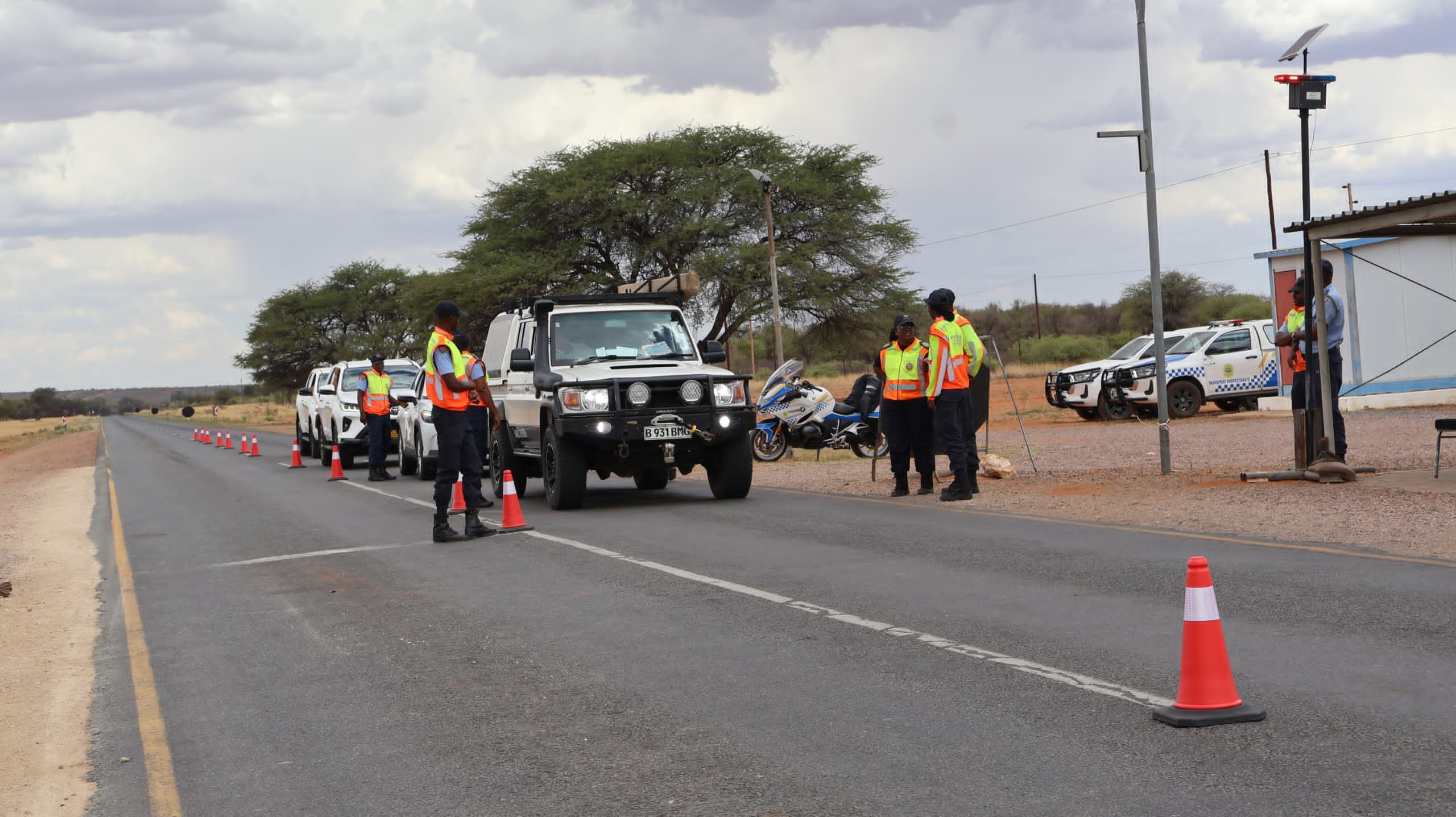Chairperson of the Kavango East Regional Council Damian Maghambayi says hunger is no excuse for killing endangered birds.
He was speaking to The Namibian following a report in yesterday’s edition on residents of the Kavango regions reportedly trapping carmine bee-eater birds to eat.
He says creating awareness of the importance of protecting endangered birds is a collective effort.
“Stakeholders and camp owners should work hand in hand with community leaders to sensitise residents on the importance of preserving the species,” says Maghambayi.
Hunting and fishing is regulated across the country, he says.
He says drought is a countrywide issue, with people still receiving drought relief food. However, the most affected people rely on crop farming due to the scarcity of rain.
Shamvura headman Frans Ndonga says it’s difficult to educate people when procedures are not followed.
“I will not encourage people to kill birds or any other animals which are protected by law,” he says.
Ndonga claims that the owner of Shamvura Camp, where a carmine bee-eater colony of 3 000 birds has settled isolates himself from the community. This leaves local leaders with the responsibility of neutralising the situation.
“Community members are not prohibited from going to the nearby camp or the river bank on both the Namibian and Angolan side where the colony of carmine bee-eaters live,” says Ndonga.
He says it will benefit the camp owner to involve community members in protecting the birds.
The Ministry of Environment, Forestry and Tourism has warned against the killing of carmine bee-eaters.

The ministry’s spokesperson, Romeo Muyunda, says they are investigating reports of the birds being killed in the Kavango regions.
“We are being lenient because we are still creating awareness, but the birds are protected and should not be killed.
“We have been alerted by this awful incident.
This is a barbaric act by the community members involved. Perhaps there is very little understanding of the significance of these birds for tourism, which also contributes to the social and economic development of rural communities,” Muyunda says.
He says carmine bee-eaters are migratory birds that come to Namibia to breed along the Okavango River and other areas in the country’s north-east.
Environmentalist Mark Paxton says the colony of carmine bee-eaters was first recorded along the Okavango River around 2005.
“It is now the largest colony in Namibia, although there are some smaller colonies in the Divundu area,” he says.
Due to regular human interference, the birds have been forced to change nesting sites along the riverbank on both the Namibian and Angolan sides, adds Paxton.
Stay informed with The Namibian – your source for credible journalism. Get in-depth reporting and opinions for
only N$85 a month. Invest in journalism, invest in democracy –
Subscribe Now!







